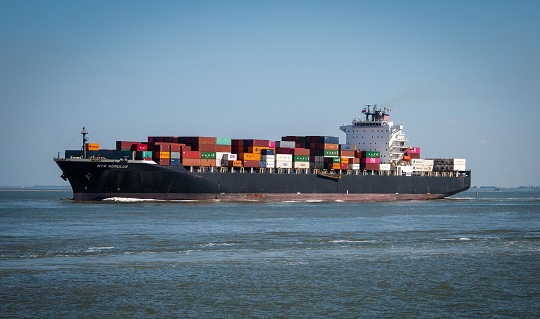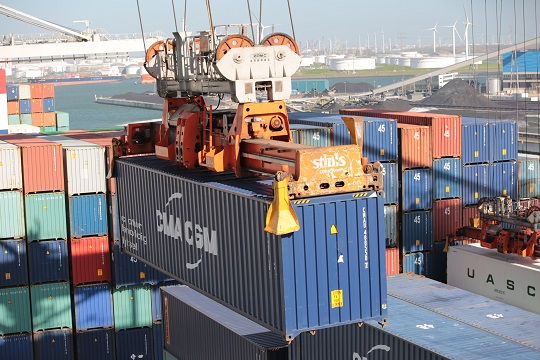Supply chains can be very complicated, and this makes companies more and more aware of how important it is for them and their suppliers to make the right decisions about the supply chain.
You also have to anticipate supply chain failures.
It’s important to make sure your supply chain works well because it will have a big impact on how much money your company makes or loses.
You really need to understand what can go wrong in a supply chain.
If you don’t want the supply chain to fail, you need to pay attention to five things.
But before we look at these five things, make sure you’ve joined the scmguide telegram channel for more supply chain management tips.
Table of Contents
The 5 main reasons why a supply chain fails
Offshoring
If a supply chain has a lot of foreign suppliers, it is more likely to fail than if it has a lot of local suppliers.
Why is that?
You can only control your suppliers if they are in the same country as you. Beyond that, it will be hard, especially if your supplier is over a thousand kilometers away.
There will also be language and cultural differences between you and these suppliers, which will make it even harder for you to manage them.
Unexpected events
No one can say with certainty what will happen to your supply chain.
Natural disasters, political upheavals, and other unplanned events can have a big effect on your supply chain, especially when it comes to your inventory. The risks are even higher because supply chains often cross borders.

Because each country has a different climate, it will be harder for the food and processed product industries to avoid the effects of risks.
As a company that buys key spare parts from many different countries, you should know that if something goes wrong in one of those countries, it can throw off the whole supply chain and even stop production. I’m sure you’ve had this happen to you.
You might also like:
- 9 of the Most Common Reasons Why You Might Have Excess Stock
- 10 Ways to Reduce Supply Chain Costs by a Huge amount
Just-in-time inventory management that doesn’t work well
Just-in-time and lean production methods are being used by more and more manufacturers today. Maybe you too.
With the Just-in-Time method, you only buy as many things as you need. You won’t have to keep a lot of inventory.
This plan is a good one. Only as much stock as you need is kept. That saves money on storage. This method works even better if it is used on manufacturers with small profit margins.
On the other hand, this approach could also cause problems in the supply chain because lean supply chains are less likely to be able to handle disruptions.
This risk is growing, especially for companies that use the Just-In-Time concept, which gives them very little room to move if a supplier is late with a delivery.
If you really want to use the Just-In-Time idea, you should make sure your supply chain is audited often. It is important to look for things that could go wrong and hurt your supply chain.
Cost pressure
From time to time, there is pressure to keep cutting costs, and you do this to lower the prices that customers have to pay you. This cost pressure can act as a filter in your supply chain, making it harder for suppliers who want to meet your needs to work with you.
Cost pressures often cause a supply chain to fail slowly over time. If that has happened, you have to make changes, whether you like it or not. On the other hand, suppliers are often the ones who have to deal with these cost pressures and find ways to cut costs on their own.
Looks good from the buyer’s point of view? In fact, this level of financial stress makes the whole supply chain, including you, very vulnerable. In such a situation, if the supply chain breaks down all of a sudden, you as a producer no longer have the goods you need.
You might also like:
- 8 Good Ways to Bring Down the Cost of Running a Warehouse
- How to Reduce Your Company’s Inventory Effectively in 8 Ways
Shallow supply chain
When a company only works with one or a few suppliers, this might happen very rarely. If the supplier isn’t reliable, this kind of plan makes it more likely that the supply chain will fail.
If your business only depends on a few big suppliers, you need to think more about the risks you face if those suppliers suddenly can’t keep their promises to supply you.

It is true that it is not easy to find a backup supplier, especially if you want the same quality. Or, if your current supplier is a specialist in that field.
If that’s the case, you need to work closely with your suppliers to find and fix problems that could hurt your supply chain before they get worse.
Conclusion
These five things can make it more likely that your supply chain will fail.
Failures in the supply chain are usually easy to avoid, but they can’t always be stopped, like when natural disasters happen.
In that case, you need to come up with a plan that can get your supply chain back to normal as soon as possible after an unavoidable failure.
Also, look at your current business to see if any of the five things above are present. If they aren’t, you can take the steps you need to change your situation and reduce the risk of failure.
“If you think this article is helpful, share it with your friends and join the scmguide telegram channel to get more useful articles from this blog. You can use any of the articles on this blog for any reason, even for profit, without attribution.”

 by
by 

